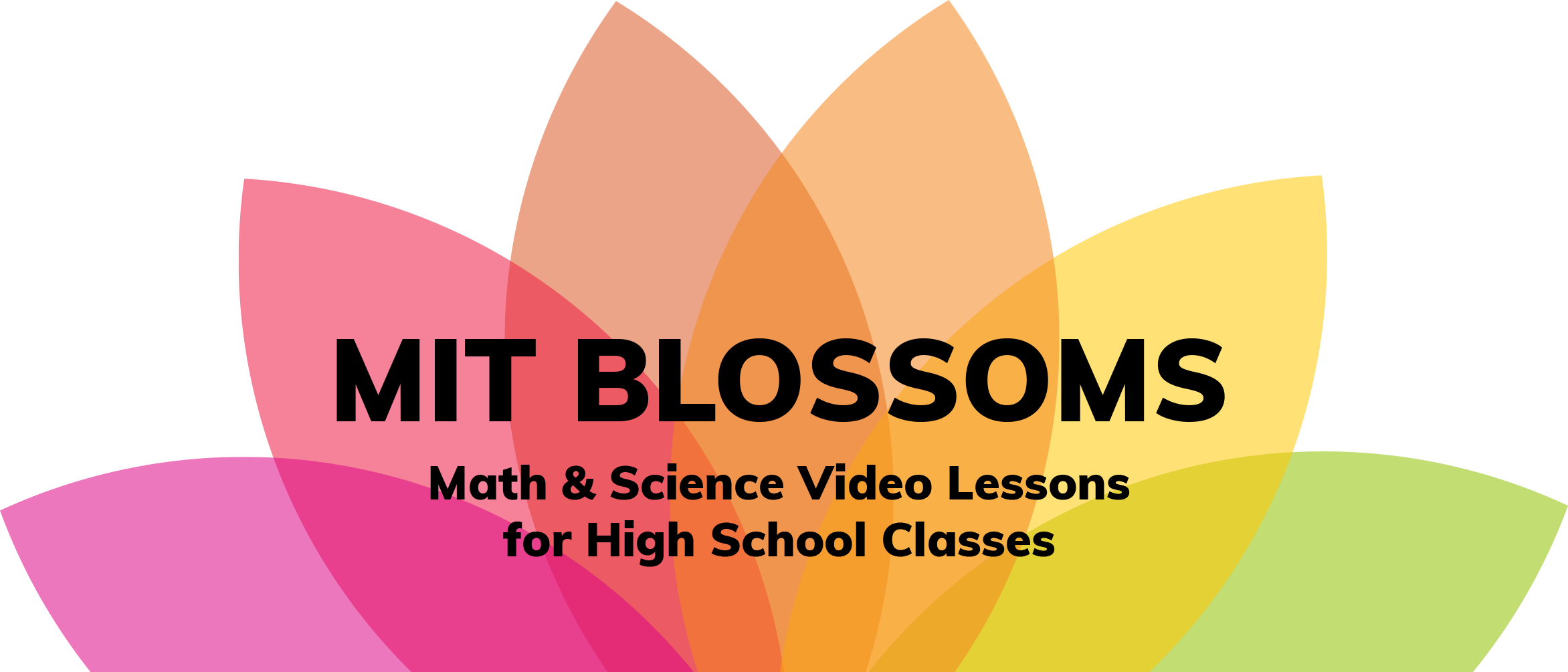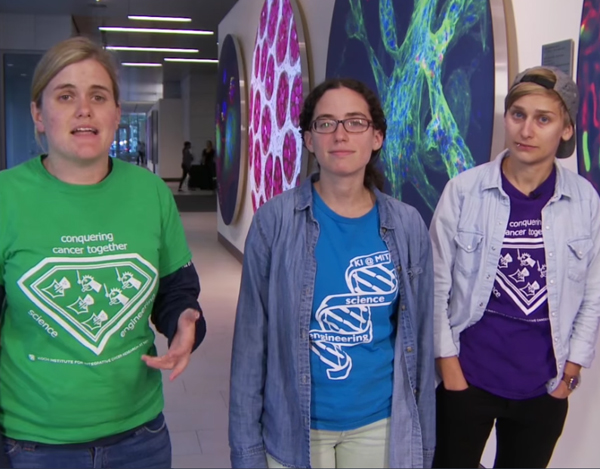Rachel Leeson splits her time between doing outreach with the Koch Institute and doing research in a chemical engineering lab looking at the metastatic cancer genome. In her free time, she likes to hike, do photography, and spend as much time outside as possible.
Simona Dalin is a graduate student in Dr. Michael Hemann's lab in the Biology department at MIT. She studies the evolutionary paths cancer cells use to become resistant and researches ways to block those paths. In her free time she enjoys juggling, reading scifi/fantasy, sewing and gardening. Her website is at https://sdalin.scripts.mit.edu/
Emma Sedivy is a graduate student in Dr. Jacqueline Lees’ lab at MIT. She is studying a protein complex that regulates the development of stem cells into bone, and how disruption of this process may make bone cancers more malignant. In her free time, she enjoys drawing, watching The X Files, reading comics, and taking pictures of other people’s pets. She believes that Harry Potter houses are the personality test of our generation, and strongly identifies as a Hufflepuff. She tweets occasionally @NonstopEmma.


